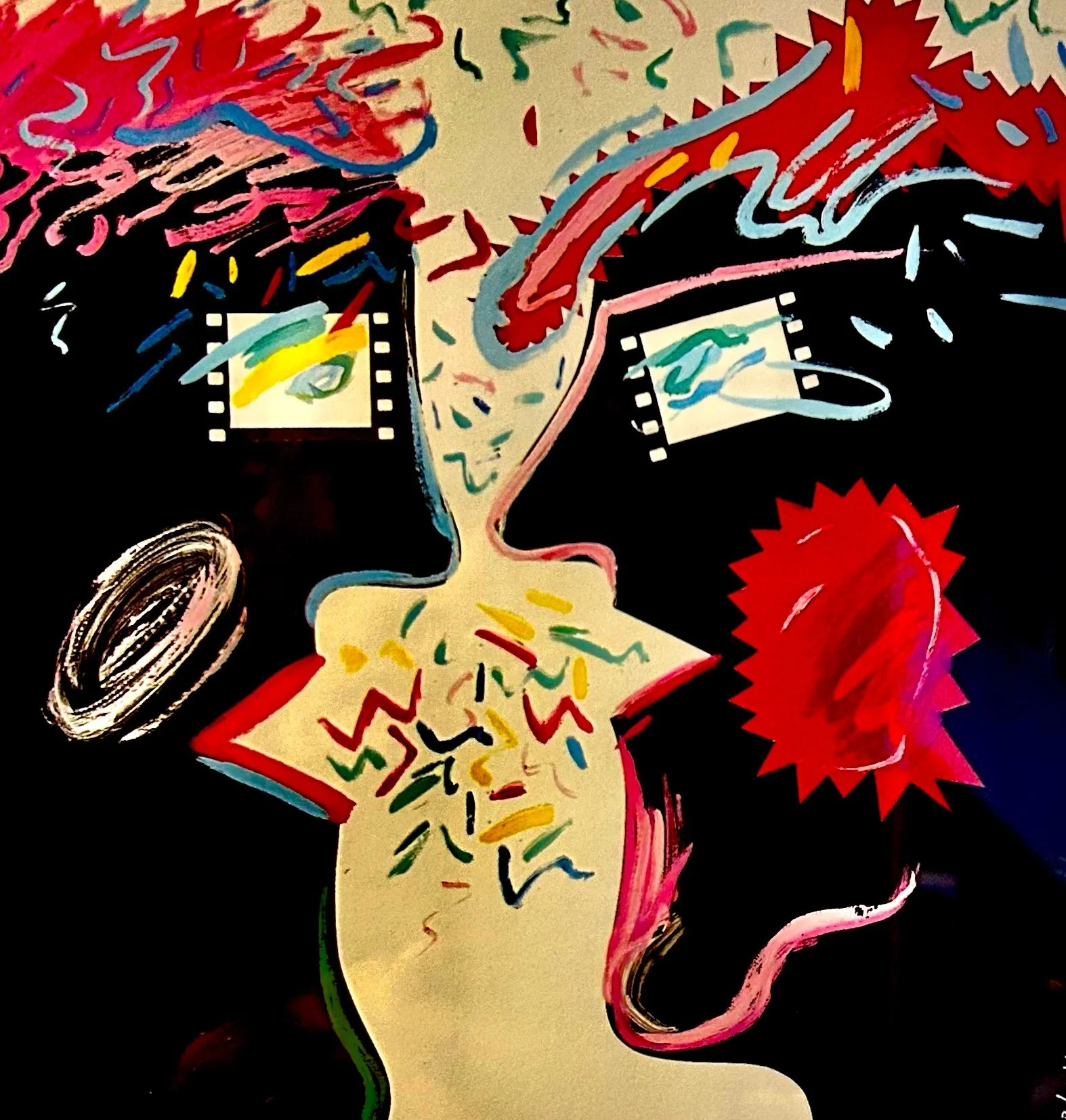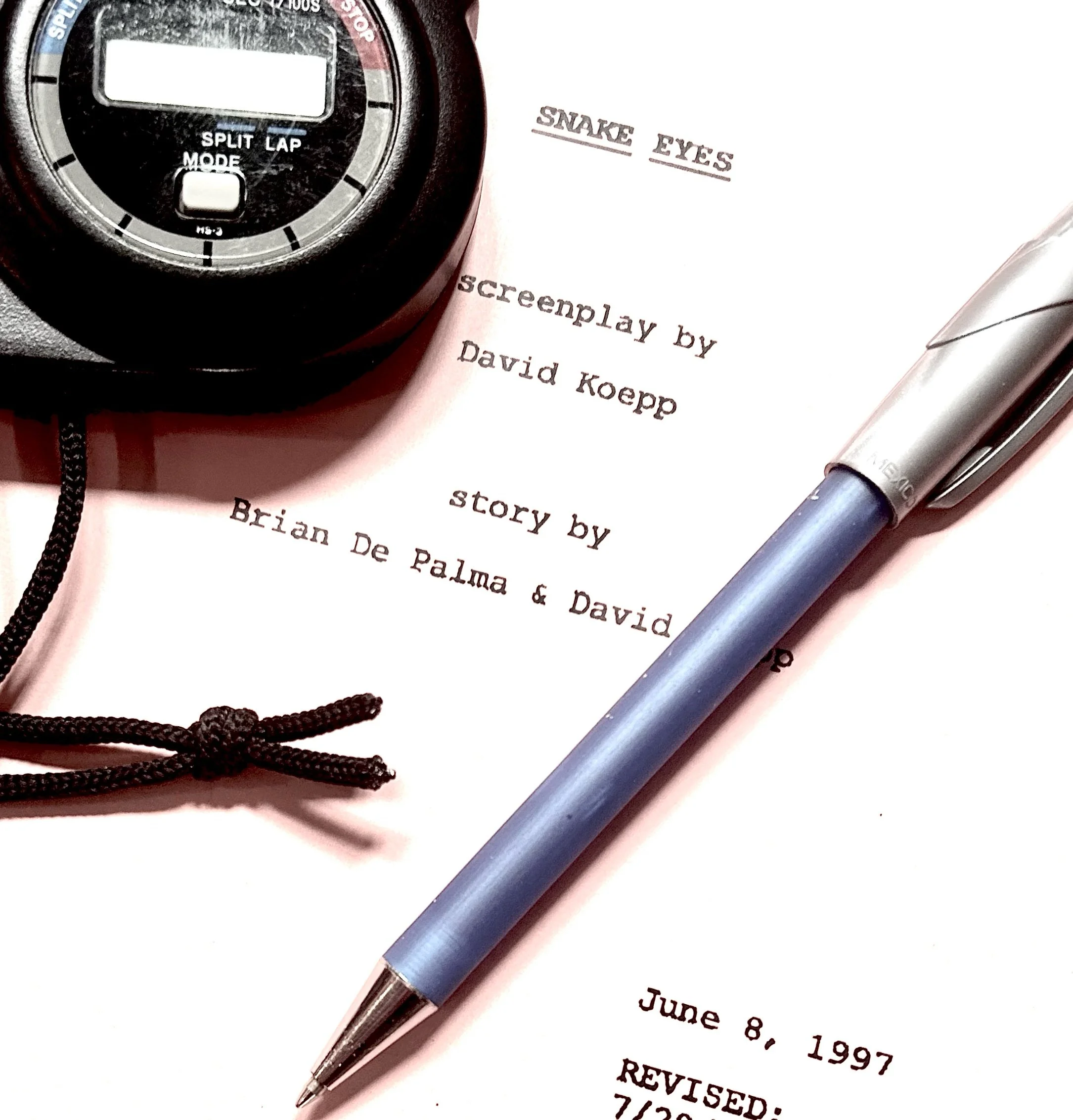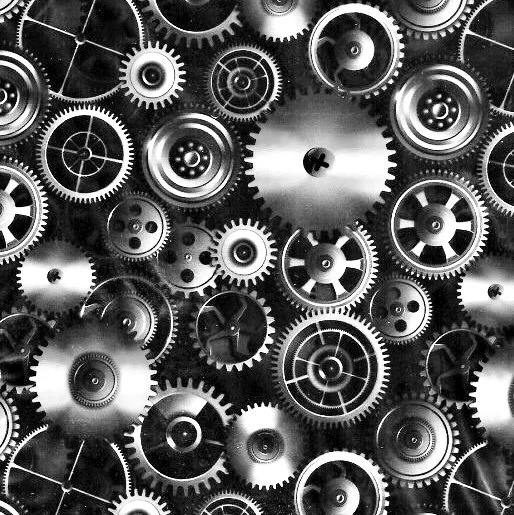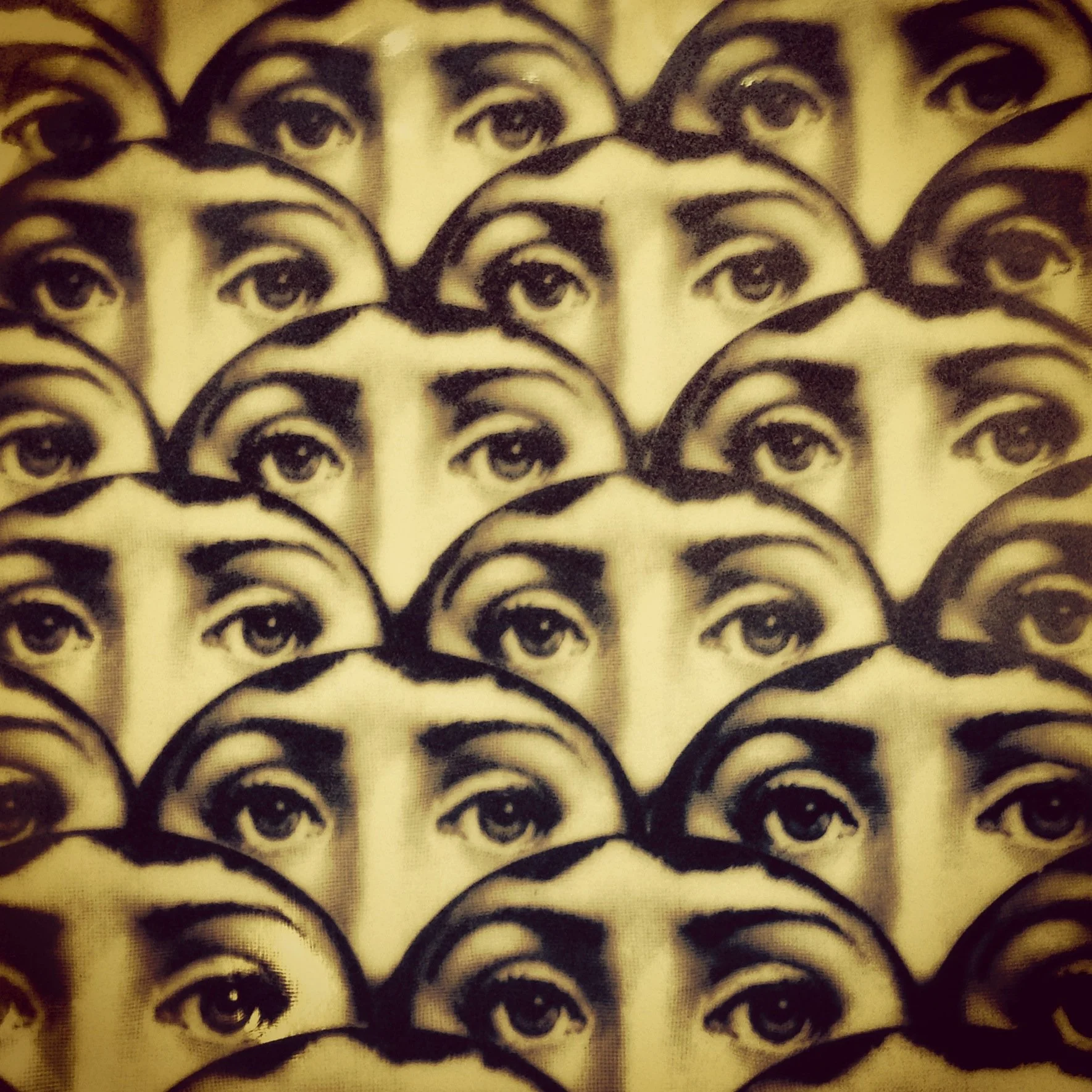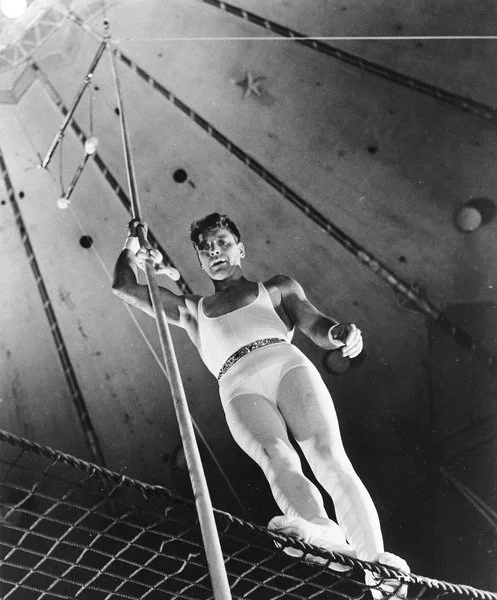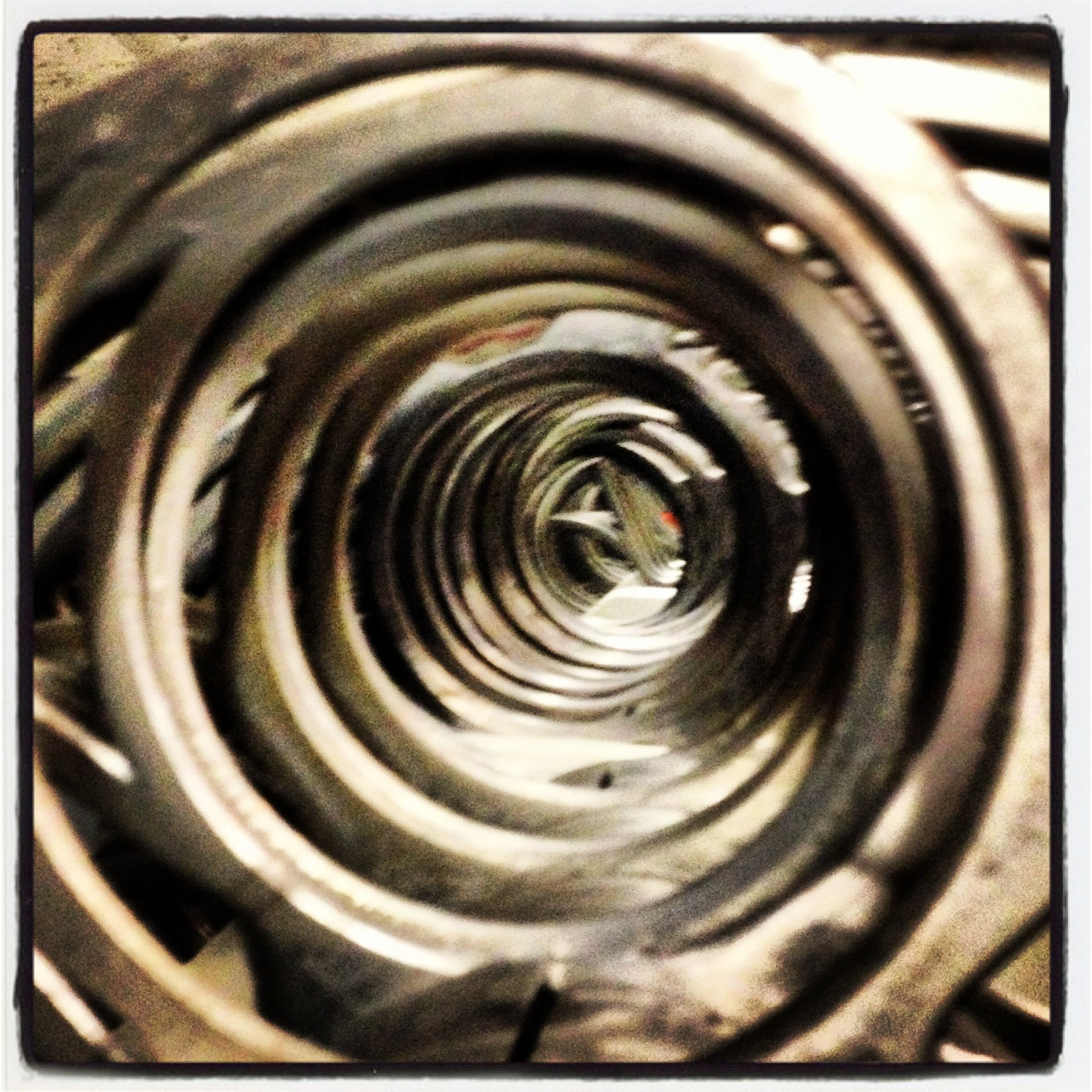Film Directing 125: The Production Meeting
/Gather round, everybody! We are ready to roll!
The production meeting is a review of all the details and moving parts of the production with all of the people involved in the shoot.
There are different ways to approach the meeting but the goal is always the same: to ensure that all departments and all personnel are in the know and ready to go.
This is a leadership moment for the directing team. Make it count!
Read More



